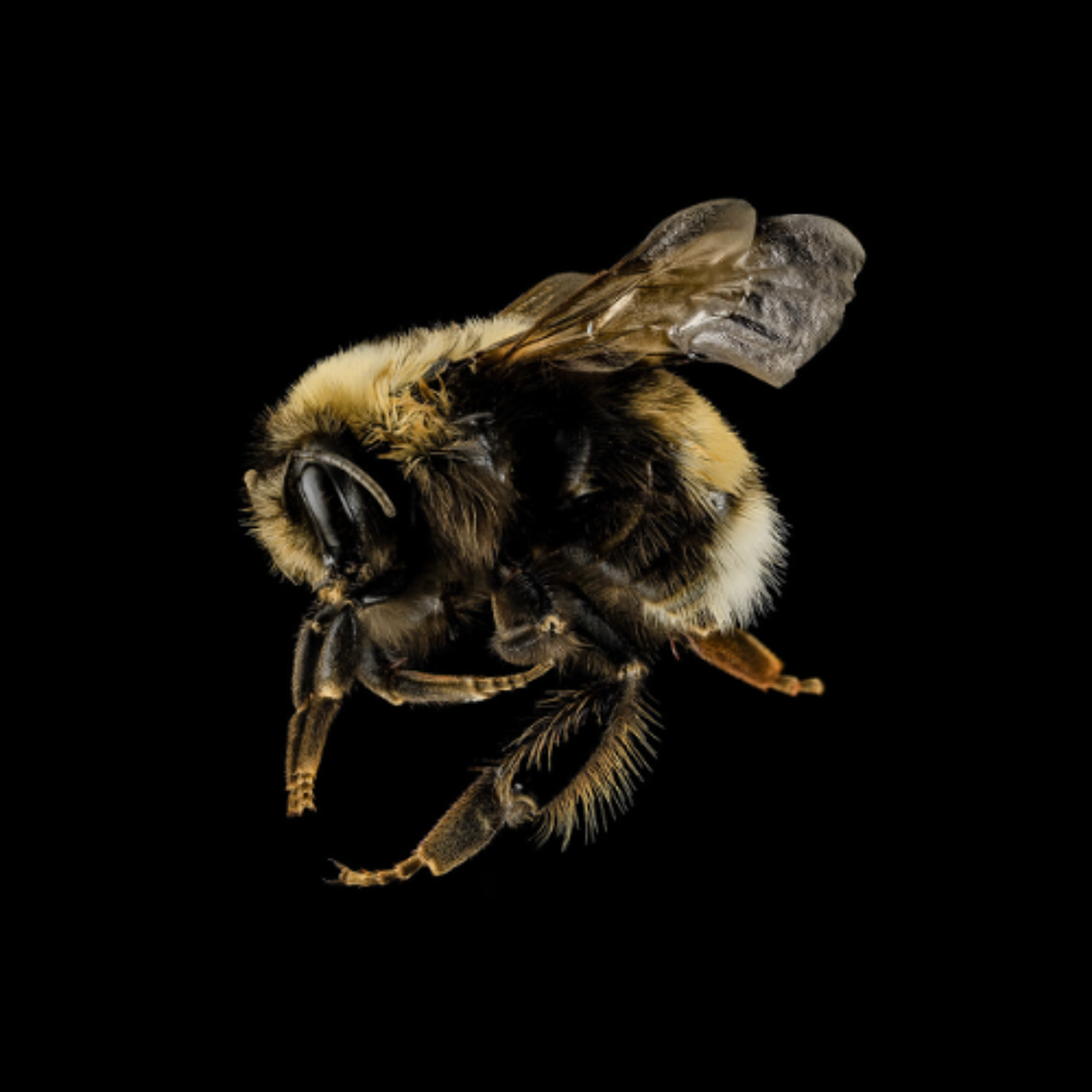Canada's Unidentified And Unprotected Species At Risk
- Author
- roy.hales9.gmail.com
- Published
- Sat 09 Nov 2024
- Episode Link
- https://soundcloud.com/the-ecoreport/canadas-unidentified-and
Roy L Hales/Cortes Currents - According to the United Nations, global diversity loss is one of the world’s most pressing emergencies. “Intense human activities, such as land-use change, overexploitation, climate change, pollution and the introduction of invasive species, is causing an extinction acceleration that is at least tens to hundreds of times faster than the natural process of extinctions.” More than 400 vertebrate species have been lost over the past 100 years. The populations of close to half the species listed by the Convention on the Conservation of Migratory Species of Wild Animals ‘are showing population declines’ and 97% of the fish species are ‘threatened with extinction.’
Canada made an international commitment to protect species at risk, but a new report from the Office of the Auditor General of Canada found we are not providing the Committee on the Status of Endangered Wildlife in Canada (COSEWIC) with anywhere near the the support it needs.
More than 5,000 of the approximately 80,000 species in Canada are potentially at risk, but COSEWIC only has the resources to complete 60 assessments or reassessments a year.
Mike Moore, President of the Friends of Cortes Island (FOCI) added, “It’s one thing just to enumerate that species are going into decline, but if that’s not also coupled with money that goes to changing policy to protect habitat, or to reduce the risk of climate change, then counting species is really just gathering data to write a really nice epitaph for the gravestones of species that go extinct.”
According to the Auditor General’s report, “The department limited its support to 60 assessments and reassessments in 2023/24—without a formal analysis to demonstrate why the target was chosen—and it still did not provide the support necessary to complete the 60 as targeted. With a target of 60 assessments and reassessments per year, it would take almost 30 years for the committee to assess the species currently prioritized and over a century to assess those that are potentially at risk.”
